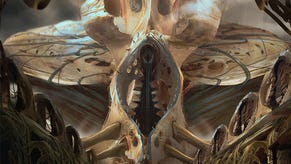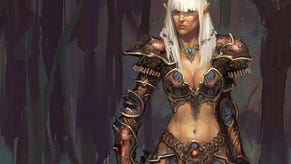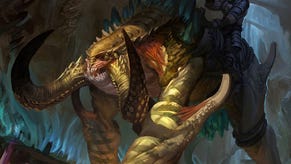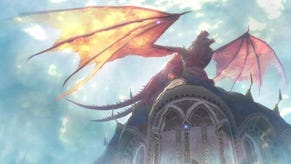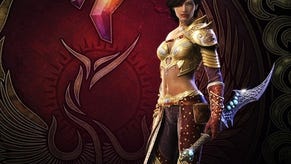Rift: Planes of Telara
Telara your friends.
Trion Worlds is currently taking applications for the upcoming Rift: Planes of Telara beta. Sign up on the official website.
One hundred million dollars.
It's a sum of money to strike fear into the heart of a more superstitious developer following the collapse of Realtime Worlds in September. But if the comparison between that other debutante MMO developer and the similarly-backed Trion Worlds has occurred to the team behind Rift, it doesn't show.
In many ways it's an unfair comparison, given that much of this sizeable investment has been poured into the technological infrastructure which will underpin the three titles Trion plans to publish - two in 2011 and one at a later, undisclosed date.
It's a comparison that also, happily, goes no further than a figure on paper, as Rift not only provides a full MMO experience but adds some unique twists to the genre.
In development since the studio's foundation in 2006, Rift: Planes of Telara tells the story of a world torn asunder by a cataclysmic event, leaving Telara exposed to the Planar dimensions seeking to invade and overtake your homeland. Reborn as the Ascended – a Telaran destroyed in the Shade War – players join one of two factions. The Guardians are a more religious group who seek to protect the world of Telara, while the Defiant seek to harness the magical power created by the Rift.
It's a welcome change to the straight good/evil alignment of other MMOs. Both factions believe they're right, but there's a sense of misguidedness in both. "The Defiant believe the Guardians are stupid. Guardians believe the Defiant are evil," chief creative officer Scott Hartsman explains.
The starting zones are distinct and we're promised variety in the quest lines for both factions rather than the simple copy, paste and light edit which has plagued recent releases. While there is a certain element of 'Gather X number of items', Rift is at least punching at the modern weight of MMO questing, and there are well-crafted stories and environmental interaction woven into the levelling.
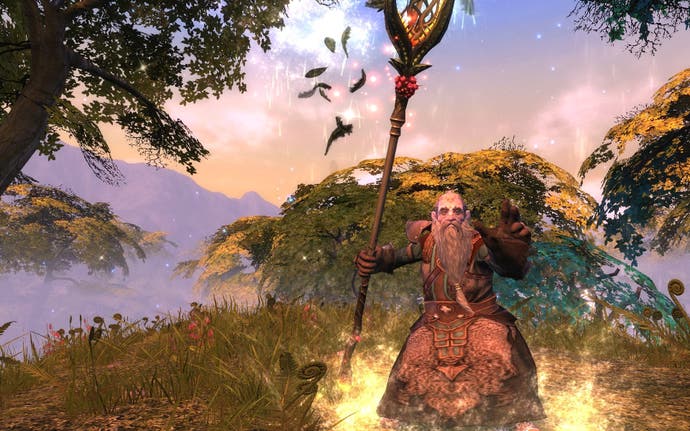
The game's visual inspiration is best described as having its roots in EverQuest, albeit with the striking vibrancy of Aion. While it doesn't break the mould or even move away from familiar high-fantasy environments, Rift does achieve contrast between zones - a critical aspect of design which helps with immersion, making the world seem larger than its territorial footprint.
The styling will of course undergo little change between now and release and a sly peek at the interface screen reveals that this alpha - an alpha, incidentally, performing better than many advanced betas I've experienced - runs at barely half the engine's potential. At this stage of development and even with these reduced settings, the environments are rich, colourful and satisfying. Those with a beefy computer can look forward to a visual feast.
It's also possible to run from north to south across the continent without experiencing a single loading screen. It may not be the largest world ever to grace this gaming scene, but it is a world in itself regardless. In my mental checklist of MMO requirements, this freedom of travel and variety of landscape make for very big and very welcome ticks. When Rift launches early next year, it will do so with 11 dungeons available, more or less one for each of the zones currently in game. During our visit we tried two such instances - The Realm of the Fae and Deepstrike Mine. The former takes place in an instanced but open and lush forest enclave while the latter is grittier: think Wrath of the Lich King's Utgarde Keep.
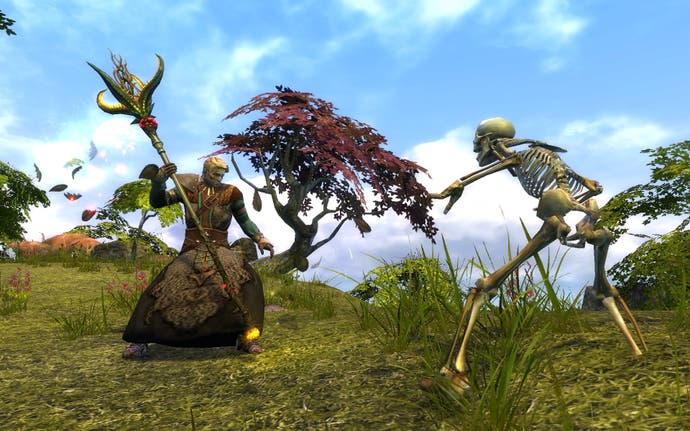
I'm appalling at tanking but a volunteer is needed. With a deafening silence around the desk of PCs, my hand meekly raises an inch or two before shooting straight back down, but it's too late. We fire up our pre-made characters and enter.
Faced now with an overflowing action bar of buffs, de-buffs and threat-generation tools, I take a few minutes to read over the tooltips and cobble together a vague collection of what seem to be the critical abilities. Trash pulls provide an unexpected challenge that goes beyond a lack of familiarity with the skill-set . The mechanics of the bosses we face are intuitive and clearly presented, but my skills at maintaining aggro are failing the team:
"You shouldn't really have a problem holding threat with that character." I'm pink - wipe.
"Let's have a look at your abilities, this shouldn't be a problem." I'm crimson - wipe again.
"Hmmm, perhaps we need to look at re-tuning that encounter."
I'm a man, waist-deep in quicksand, being offered the hand of rescue. But I can't do it and, with British over-politeness, I cheerfully sink below the surface while explaining that I may not be the barometer they're looking for in balancing this aspect of the game. A fellow journalist gamely steps forward to take over the role and is also terrible at tanking, a moment of exceptional good fortune for which I'll always be grateful.




